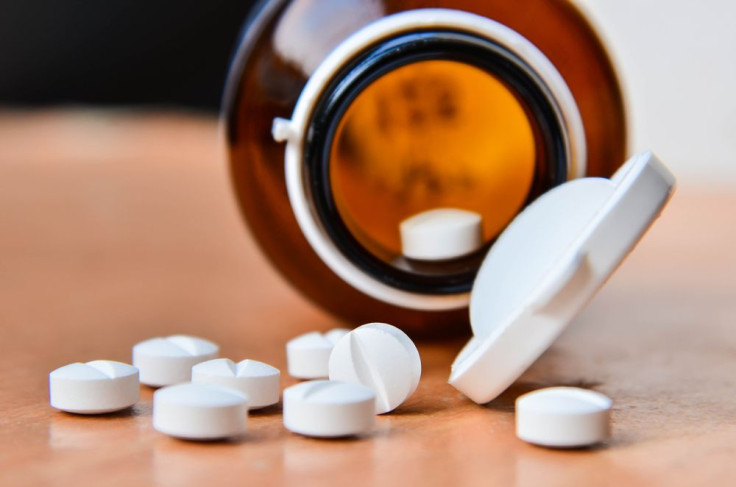Prescription Drug Access, Fun With Friends Lead Young Adults To Misuse, Not Peer Pressure

As kids, the majority of us are told not to give in to peer pressure, as if our everyday lives at school are filled with kids shoving drugs in our faces. But a new study, funded by the National Institute on Drug Abuse (NIDA), finds teens who tell others that using drugs is cool aren’t the ones driving prescription drug abuse among high school seniors and their older counterparts.
“With the 18 to 29 age group, we may be spending unnecessary effort working a peer pressure angle in prevention and intervention efforts,” said study co-author Brian Kelly, professor of sociology and anthropology at Purdue University, in a press release. “That does not appear to be an issue for this age group. Rather, we found more subtle components of the peer context as influential. These include peer drug associations, peers as points of drug access, and the motivation to misuse prescription drugs to have pleasant times with friends.”
Prescription drug abuse continues to be an ever-growing problem. According to the Office of National Drug Control Policy, Retail pharmacies dispensed 48 percent more prescriptions for opioid painkillers, or a rise to 257 million prescriptions in 2009 from 174 million in 2000. What’s more, these drugs kill 100 people from overdoses each day, causing more death than heroin and cocaine combined.
The findings present a unique problem for experts trying to tamp down on abuse, as figuring out how to sway people away from these more subtle influences may be more difficult. Although these young adults may not feel pressured by their peers, having the drugs available, and seeing peers having a good time without any obvious adverse effects surely makes them feel like the drugs are safer to use.
Yet, after surveying over 600 adults aged 18 to 29, the researchers found that these influences still led many respondents to misuse drugs (sedatives, painkillers, and stimulants); to use them non-orally, such as through sniffing, smoking or injecting; and to show symptoms of dependence. Kelly said that these tendencies were a result of “high perceived social benefits or low perceived social consequences within a peer network,” and it shows through the fact that over 70 percent of people who abuse prescription painkillers get them from friends or relatives.
Getting them to see the true dangers in taking prescription drugs, then, is the issue they need to address. Getting addicted isn’t that hard, as frequent misuse will eventually make a person tolerant to the effects of the drug. This forces them to take larger doses to get the same high, putting them at risk of an overdose.
Source: Kelly B, Marin A, Vuolo M, Wells B, Parson J. Prescription Drug Misuse Among Young Adults: The Role of Peer Relationships. At The American Sociologial Association’s 109th Annual Meeting. 2014.
Published by Medicaldaily.com



























